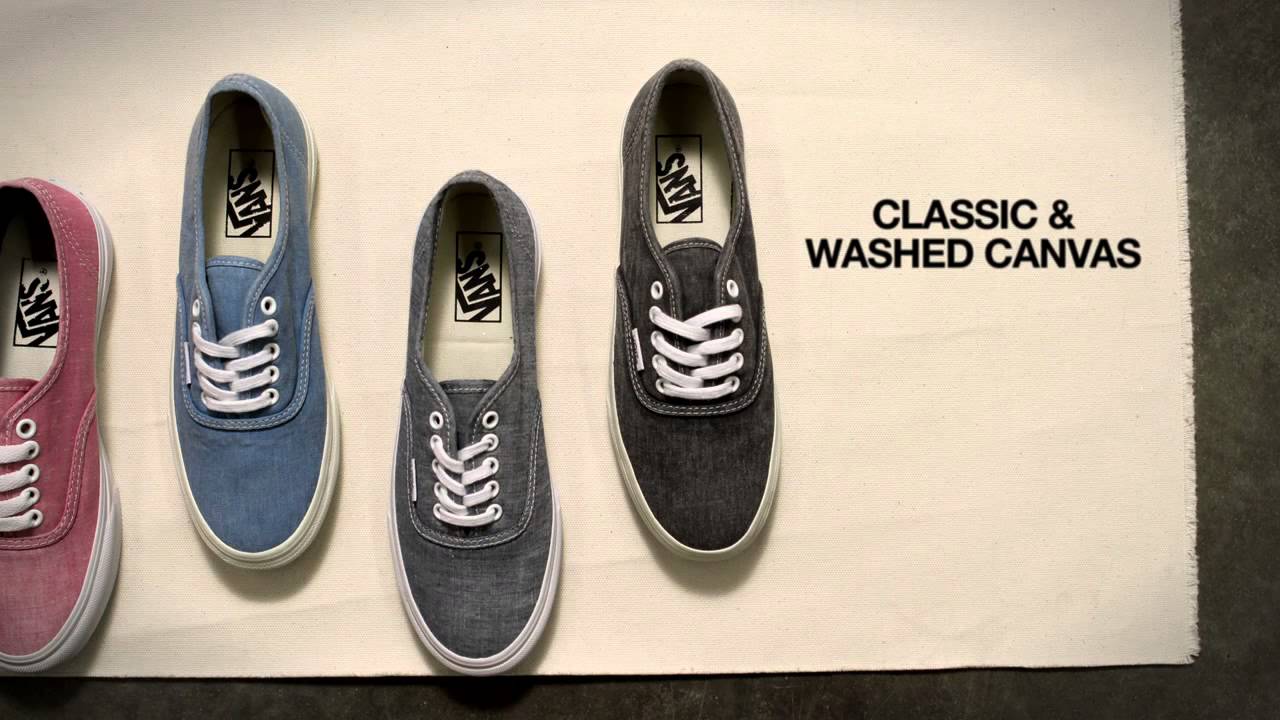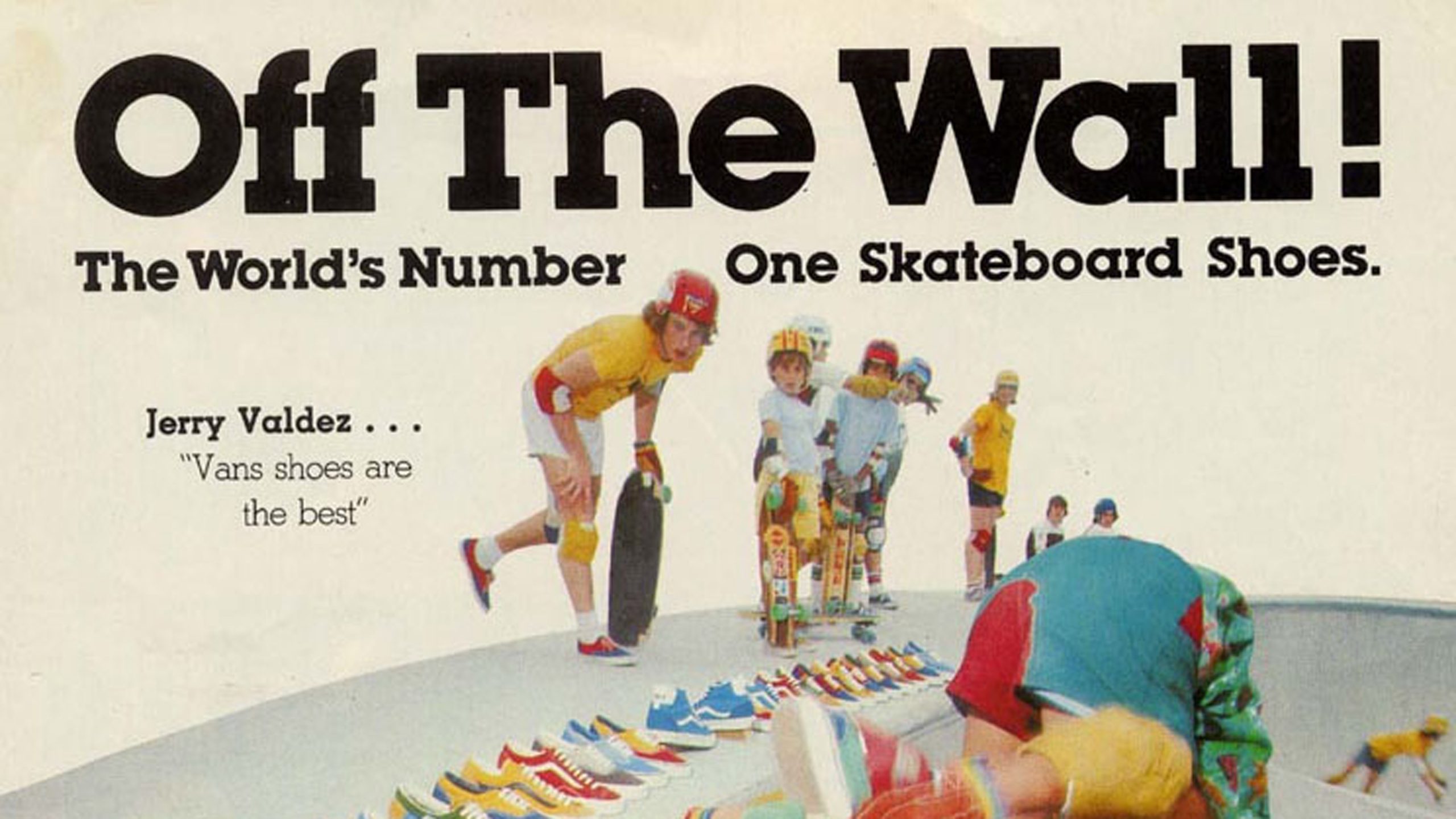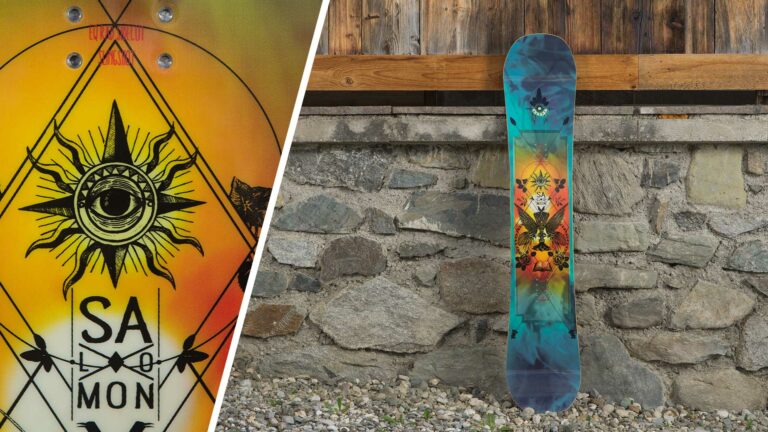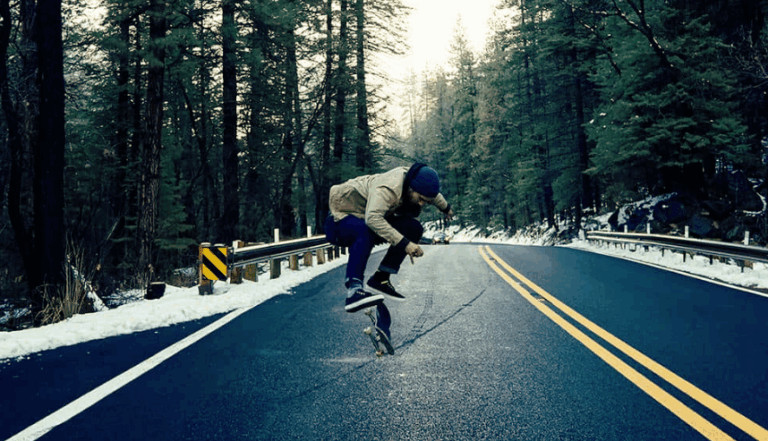What does the typical Vans wearer look like? Ask that question to ten different people and you’re sure to get ten pretty different answers. Once solely the property of LA skate culture, they have now spread across the globe into all parts of mainstream fashion and style. From the teenage grunger at a rock gig to the 40 year old dad in the playground, it seems you can’t walk down a single high street in the country without seeing someone rocking the canvas shoe.
Everyone remembers their first pair of Vans. Mine were aged 14, as I found a teenage love of gloomy alternative rock bands, Vans checkerboard black and neon pink vans became the only footwear choice. Masculine enough to be cool, weird enough to be edgy, back then I thought it was a brand designed specifically to bounce around at sweaty gigs and sit in empty parks with your equally scruffy mates.
Other people I’ve asked however, have very different first memories of the Van Doren brand. Asking a friend, a lifelong skater now 38 years old, she recalls how aged eleven she begged her mum to buy her a pair of laced navy blue vans to wear at the weekend, only to spend the first week after scuffing them on the pavement, to make them look the same as all the older kids at the skate park. They weren’t stylish, they were the uniform.
My boyfriend on the other hand says his first pair of Vans were a sign of adulthood. Bought in the first year of university in the excitement of his first student loan, they marked the time to move away from looking like a school kid, with a pair of black suede Vans shoes acting as a replacement after years of scruffy sneakers.
Yet while the Vans brand is now all around us, your still most likely to see it is at the skate park. Above and beyond everything, Vans has and always will be a skate shoe – this makes their simultaneous popularity and credibility so unusual.












